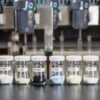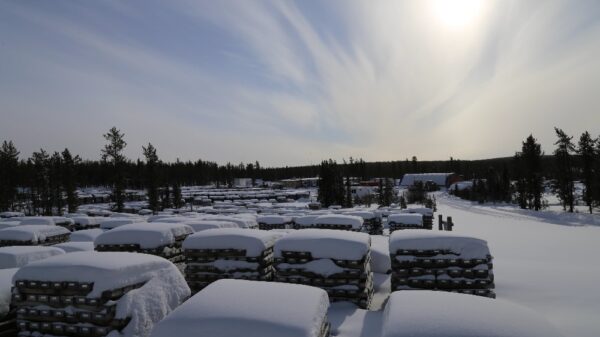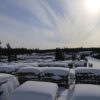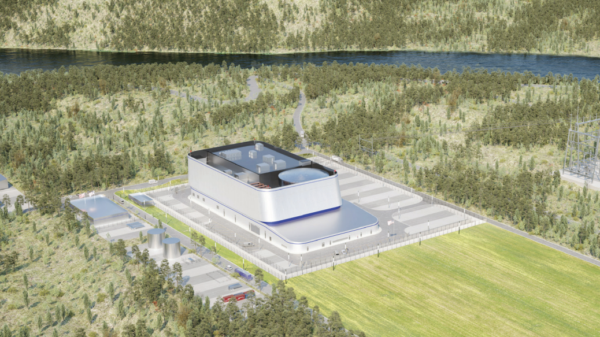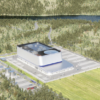Oregon’s nuclear technology developer NuScale Power Corporation (NYSE: SMR) has opened a facility at Seoul National University (SNU) that will offer hands-on training in the use of its small modular reactors (SMR) through simulations.
On Tuesday, the company announced the grand opening of the NuScale Energy Exploration Center (E2 Center). The university and NuScale aim to use the facility to train a new generation of nuclear experts and establish South Korea as a leading Asian nation in the field of SMR deployment.
“The E2 Center provides our students with an unrivaled opportunity to engage in hands-on SMR operations, cultivating the expertise essential for leading the global clean energy transition,” said the Department of Nuclear Engineering’s Head at SNU, Eung Soo Kim.
The E2 Center is privately funded in partnership with GS Energy Corporation, Samsung C&T Corporation (KRX: 028260) and Doosan Enerbility (KRX: 034020). NuScale currently has four facilities of this kind in the United States and one in Romania.
“NuScale’s groundbreaking SMRs are years ahead of the global competition as the only advanced nuclear technology with U.S. Nuclear Regulatory Commission approval, and today’s opening of the E2 Center allows South Korea to advance its position as a global leader in clean energy,” said José Reyes, NuScale’s Co-Founder and Chief Technology Officer.

Photo via NuScale Power
Read more: ATHA Energy aerial surveys over Athabasca Basin reveal strong potential for uranium
Read more: ATHA Energy well-positioned to capitalize on world’s best uranium jurisdiction: TF Metals interview
NuScale just terminated its first major American SMR project in Utah
NuScale has the only SMR design certified for use within the United States.
However, on Nov. 8, the company and utilities in Utah agreed to cancel the company’s first major “Carbon Free Power Project,” a significant setback in American SMR innovation and deployment.
The company was developing the six-reactor operation near Idaho Falls in partnership with Utah Associated Municipal Power Systems (UAMPS) and planned on having the facility operational by 2030. However, due to rising costs and a lack of local power providers interested in utilizing the plant, the project was terminated.
UAMPS said most prospective subscribers to the plant were unwilling to deal with the risks associated with a first-of-its-kind nuclear project.
The U.S. Department of Energy and The Trump Administration collectively sunk about US$2 billion into the Carbon Free Power Project over the past nine years.
Some say the SMR project was a waste of taxpayer money but NuScale says the knowledge and technological developments gained from the endeavour will be valuable elsewhere going forward.
NuScale’s stock price has steadily dropped by over 80 per cent in the past year. They are currently worth US$2.30 on the New York Stock Exchange.
On a more positive note, the company currently has no debt.
SMRs are a promising source of carbon-free energy and less expensive to construct than traditional nuclear reactors, but further research and development is still necessary before they become widely used throughout the globe.
Last year, researchers from Stanford University and the University of British Columbia found that they would produce more radioactive waste than conventional reactors, a significant drawback.
rowan@mugglehead.com


